APPLICATION CASES
Ground penetrating radar equipment manufacturer
CLASSIFICATION
3D array radar detection of municipal road diseases in Xuzhou
Product series:
Key words:
Key words: Type wall penetrating & detection radar
MESSAGESDESCRIPTION
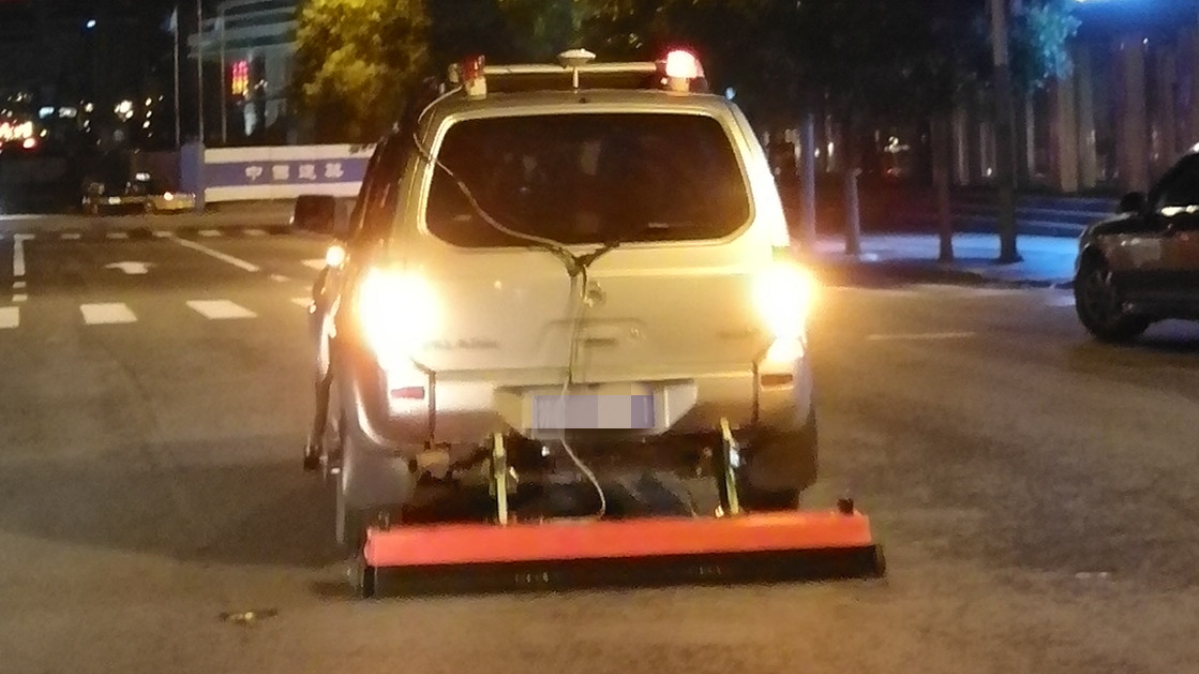
1 Job description
The main work contents of this Xuzhou municipal road inspection include:
1) Use the ground penetrating radar method to find the cavities, voids and other serious diseases that may exist under the road structure layer and subgrade such as XX road and XX road;
2) Use GPS location information to locate the location of the disease;
3) Retest with portable ground penetrating radar and handheld RTK positioning device to further determine the likelihood of disease and GPS location;
According to the severity of the disease, the corresponding treatment recommendations are given.
2 Application Devices
The equipment used in this detection task is the GPR-MIMO400A10RS array ground penetrating radar system, with 10 channels, 10cm channel spacing, and 20km/h detection speed.
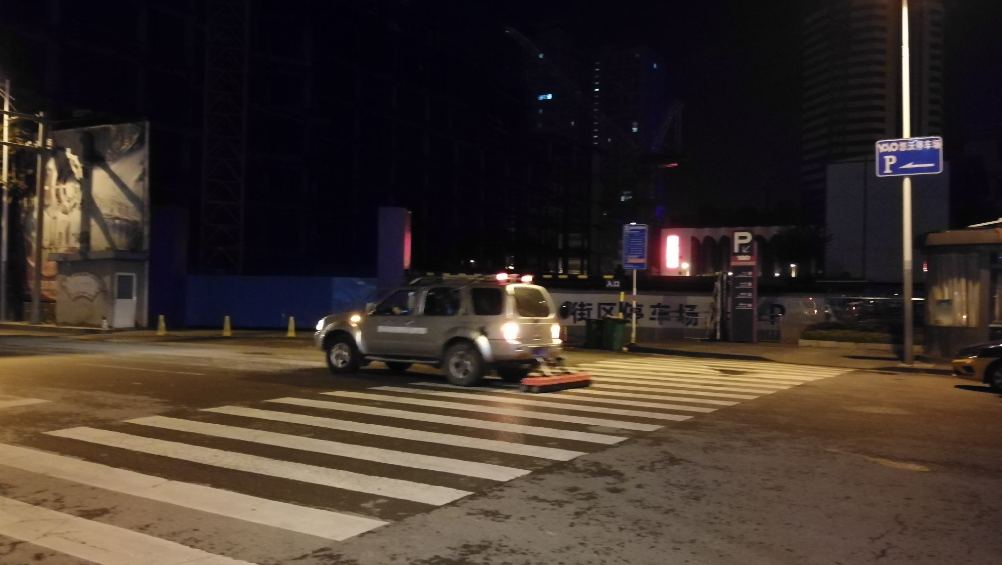
3 Typical target maps
(1) Standard radar anomaly image of normal pavement base
Because the pavement is a layered structure, and the materials paved in each layer have certain dielectric differences, therefore, the wave same phase axis or chromatogram of the radar anomaly image of the normal pavement base layer will be presented as a near-horizontal linear distribution, and the signal intensity in each layer is basically the same, and there is no obvious change in the image.
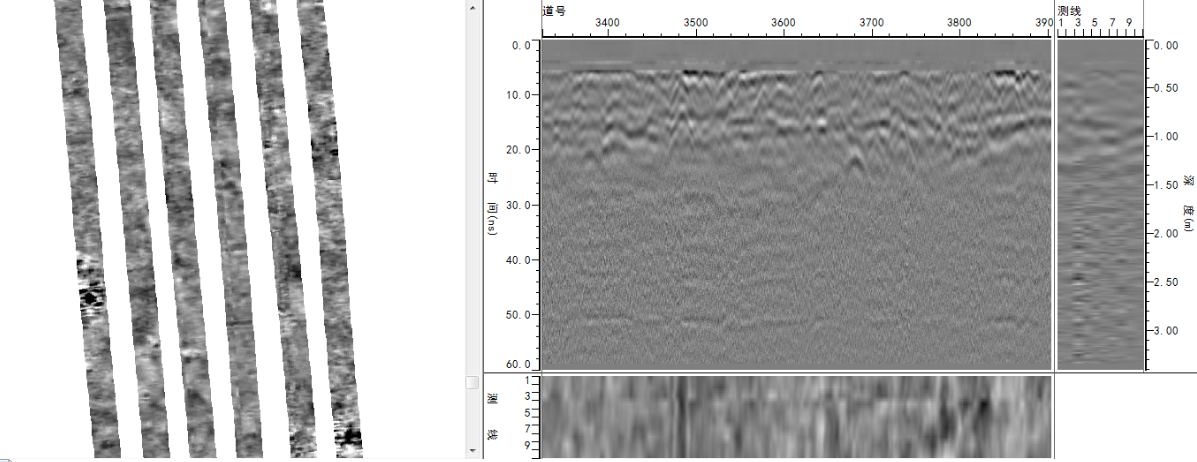
(2) Water-rich bodies
The relative permittivity of the water-rich body is greater than that of the surrounding soil, and the difference of the relative permittivity becomes larger with the increase of water content. The radar spectrum usually shows that the reflected signal energy on the top surface is stronger, the lower signal attenuation is obvious, and the in-phase axis is less than continuous, and the frequency through water filtering is reduced.
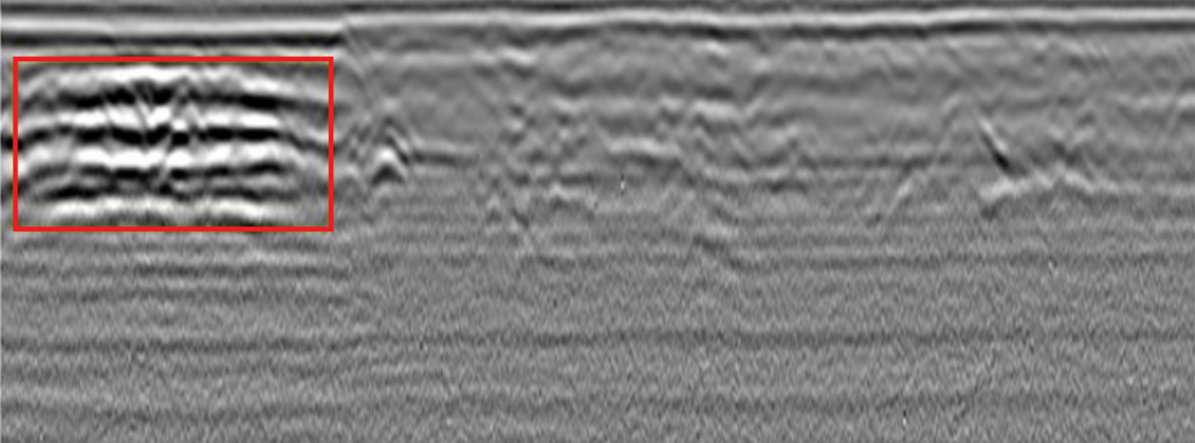
(3) The road is not compact
If there is a local imcompactness (broken, loose, etc.) in the pavement base, it will inevitably lead to a difference in the dielectric constant, where the electromagnetic wave is reflected, and the ground can receive the corresponding abnormal image of the radar profile. The amplitude of the anomaly caused by the interface of this dense heterogeneity generally becomes larger, and the qualitative method for judging its boundary is as follows: according to the continuous in-phase axis interruption or bending distribution of the reflected wave at the boundary of the inhomogeneity, its wavelength becomes longer, the amplitude changes significantly, and the waveset characteristics also change significantly.
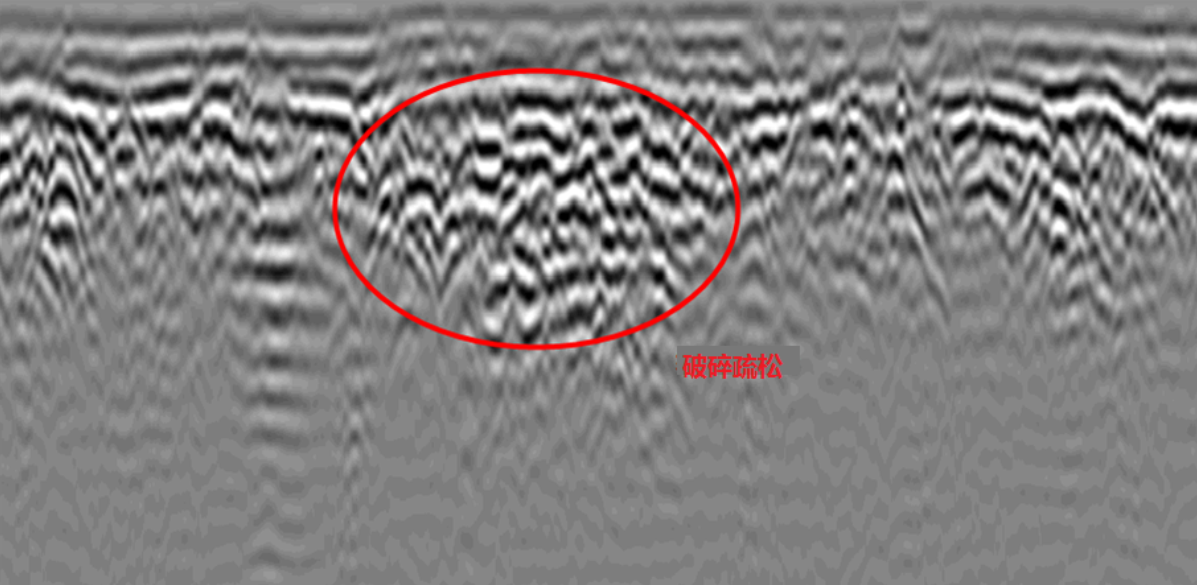
(4) Local hollowing or cavity
The relative permittivity of voiding and voiding is 1, and the difference between the relative permittivity of the soil (6~40) is obviousAt this time, the difference in the permittivity of the interlayer medium is large, and according to the radar wave reflection interface and the wave propagation characteristics, the reflection interface is obvious and the propagation speed is reduced. The radar spectrum of the void anomaly area usually shows that the reflected signal energy is strong, the frequency, amplitude and phase of the reflected signal change abnormally obvious, the lower part of the reflected wave is obvious, and the boundary may be accompanied by diffraction phenomenon.
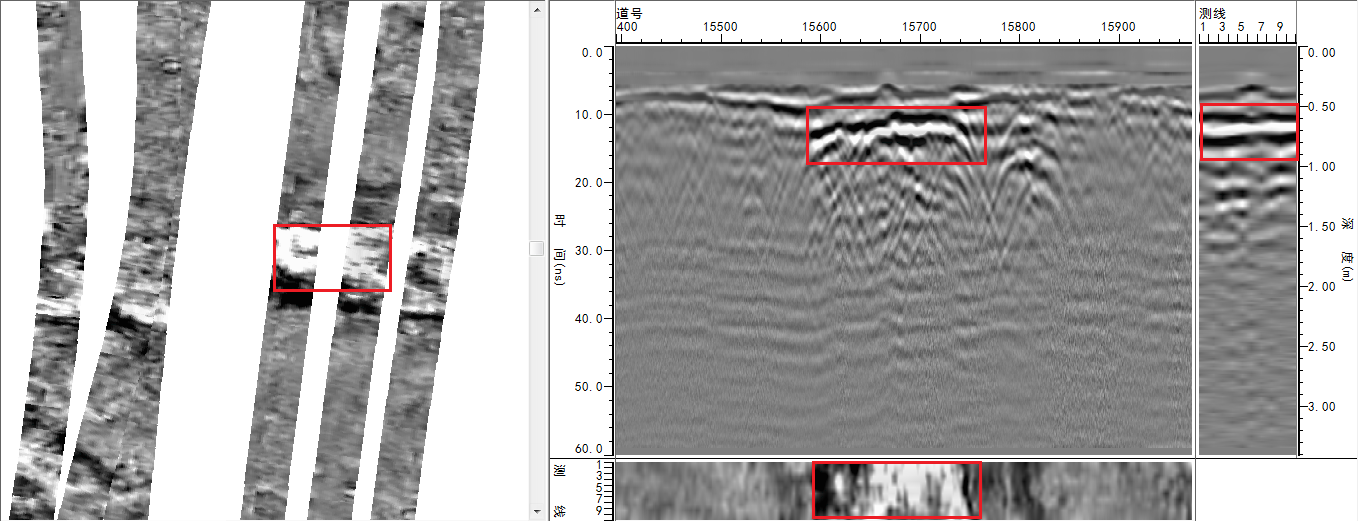
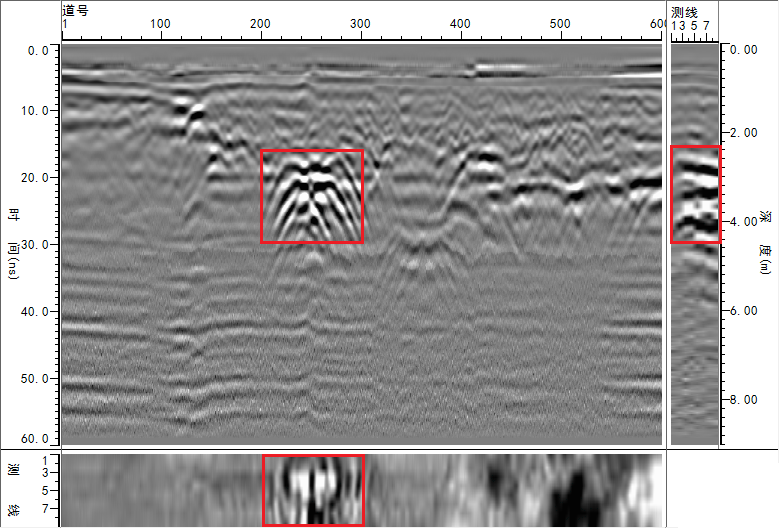
(5) Abnormal interference of steel bars, pipelines and regular shapes
Due to the complexity of the road, there are many targets, but for the ground penetrating radar, these abnormal targets are also one of the results of detection, and the abnormal elimination of this kind of targets can be carried out through the imaging of array ground penetrating radar, and these targets usually have regular shapes, which can be eliminated through the shape to avoid misjudgment.
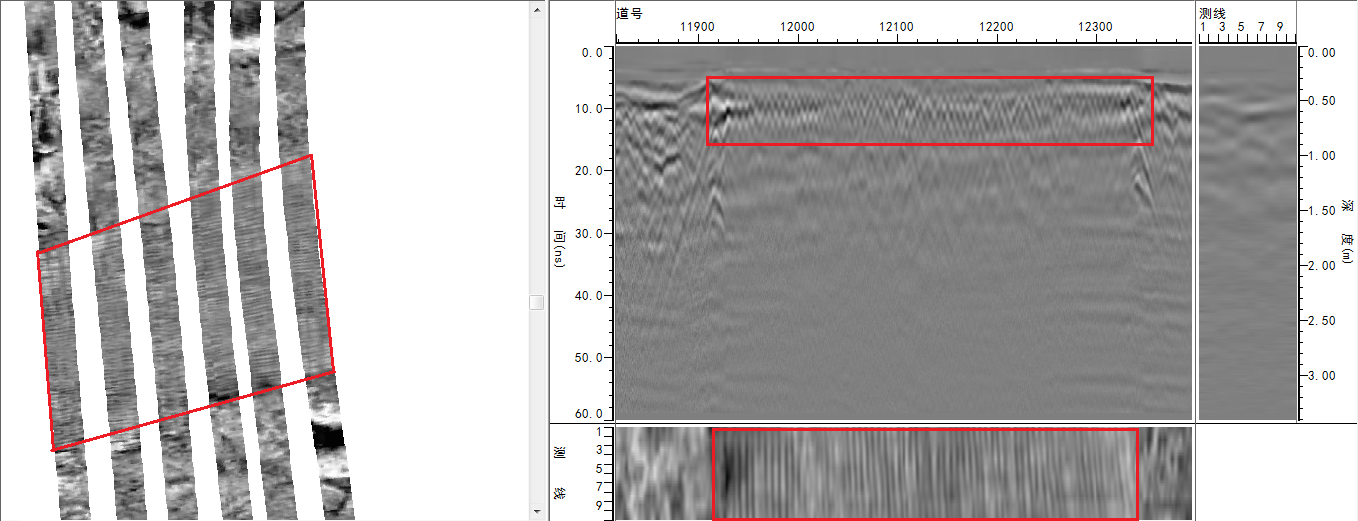
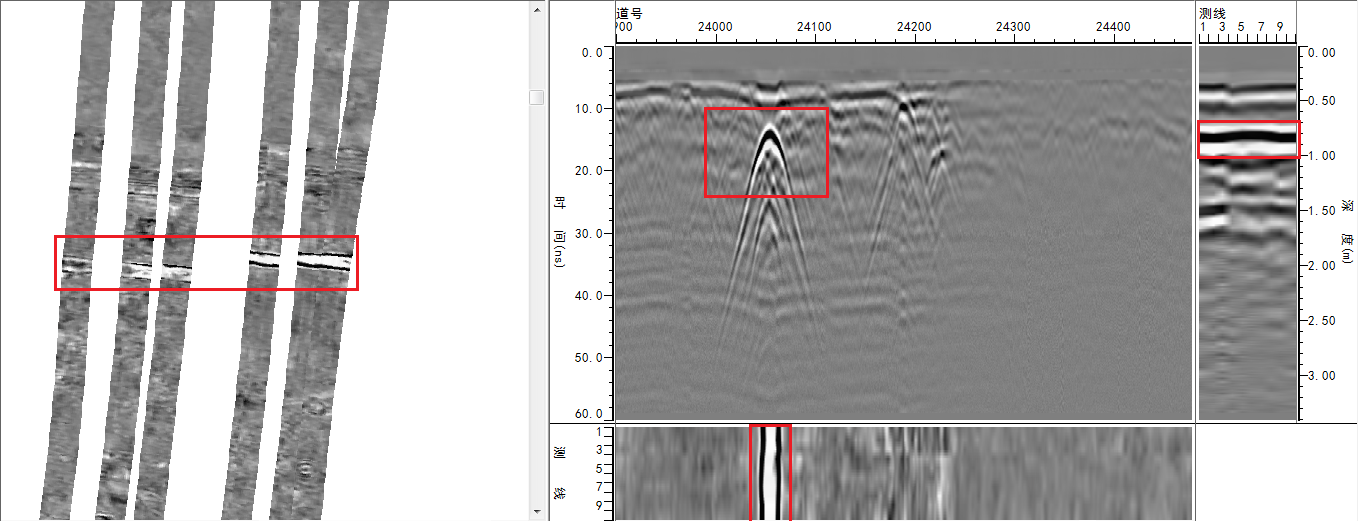
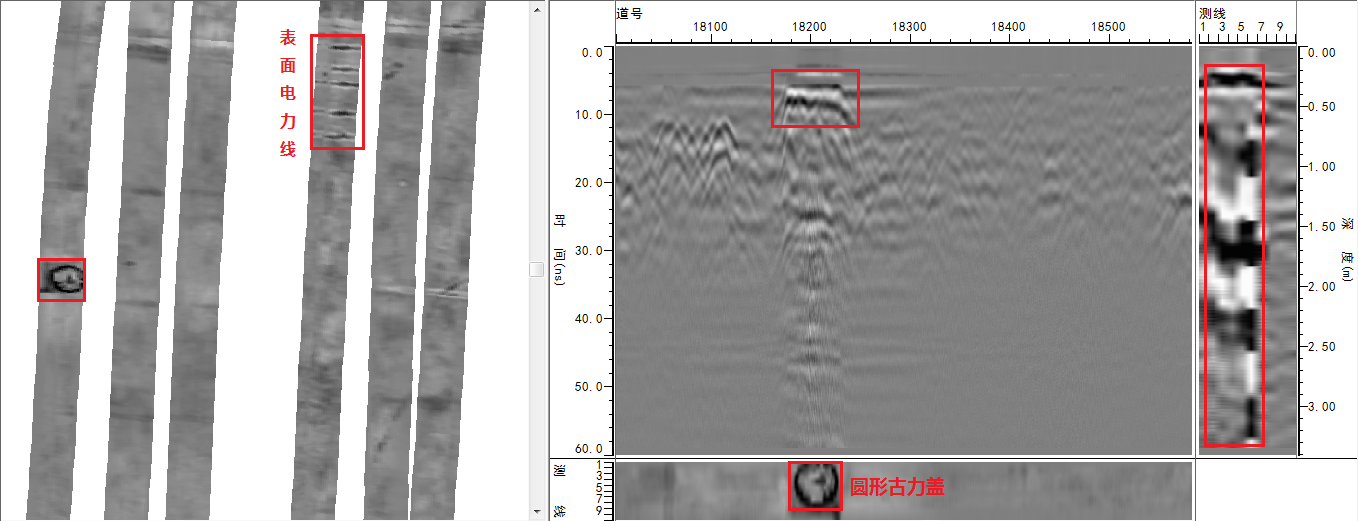
4 Partial test results
Disease No. 1 Information (Depth: Approx. 0.5 m, Area: Approx. 8 m2, Type: Structural Layer Voiding, Opinions: Periodic Observation)
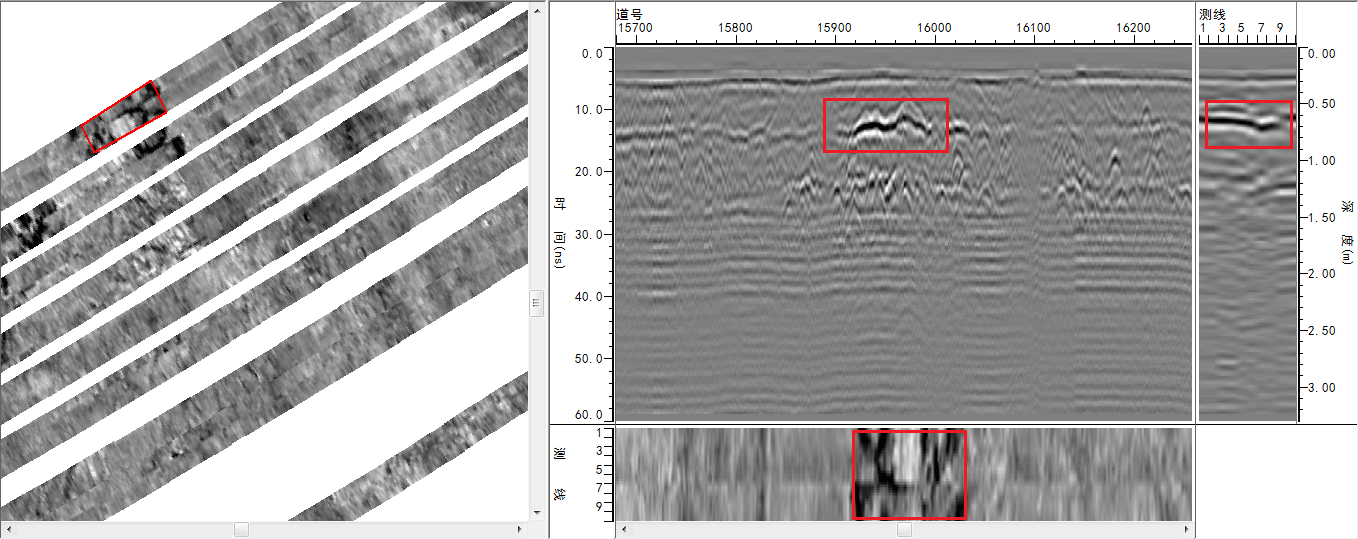
Disease No. 2 Information (Depth: Approx. 0.5m, Area: Approx. 7m2, Type: Fragmentation around the pipeline, Opinion: Regular observation)

No. 3 disease information (depth: about 0.7m, area: about 9m2, type: voiding around the pipeline, suggestions: regular observation or drilling to verify grouting)
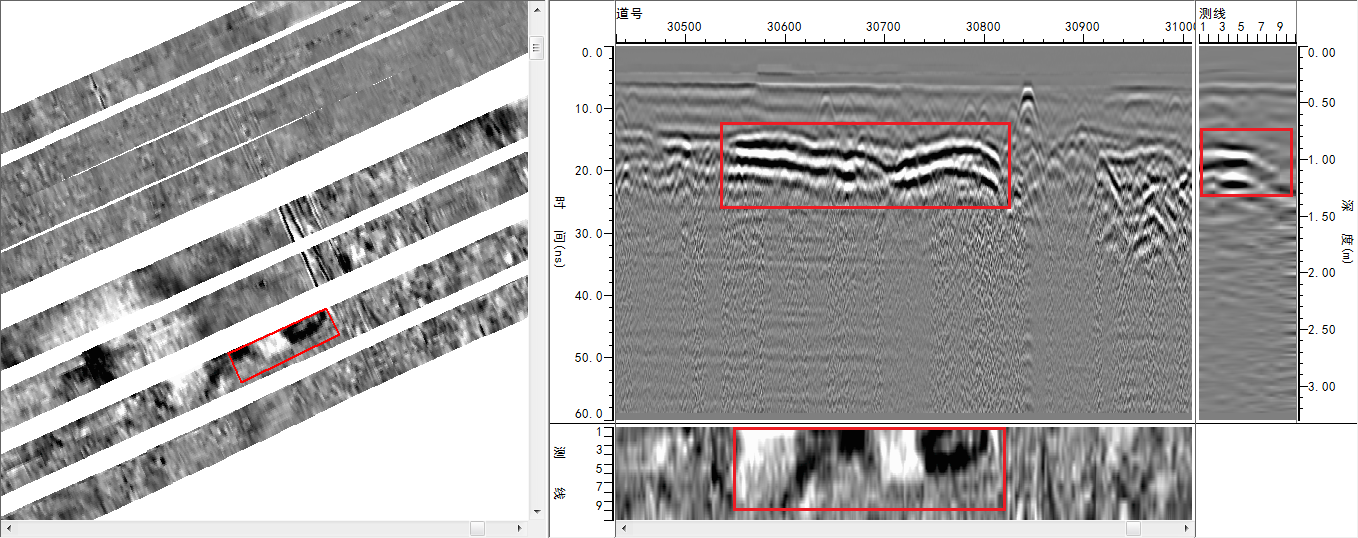
No. 4 disease information (depth: about 0.5m, area: about 30m2, type: crushing around the pipeline, suggestions: regular observation or drilling to verify grouting)
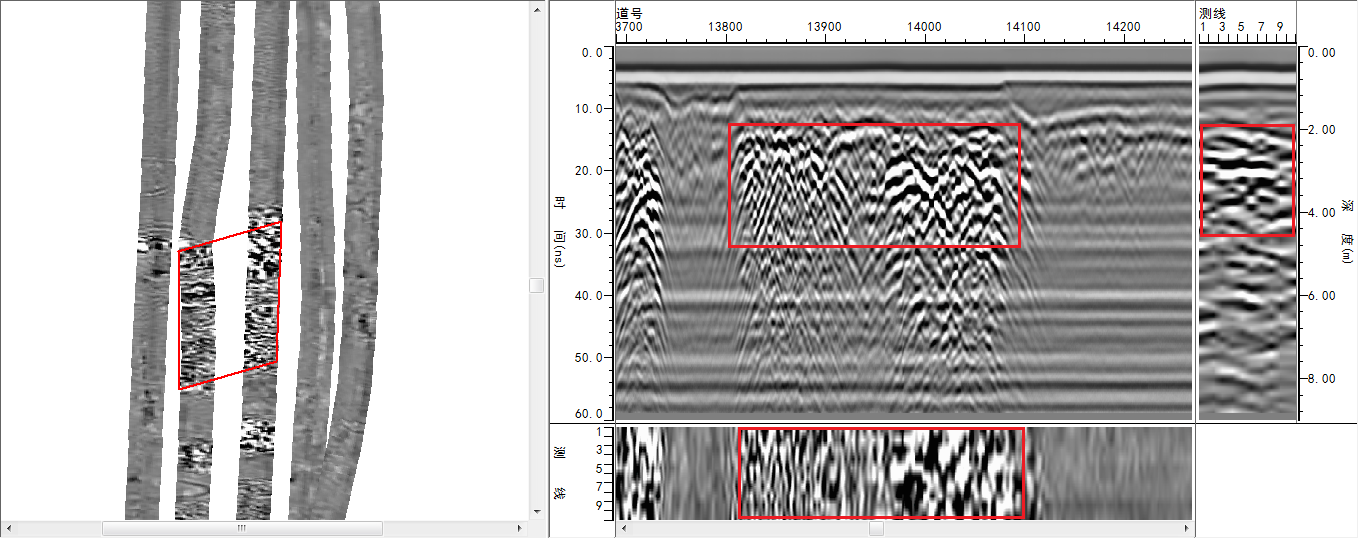
No. 5 Disease Information (Depth: Approx. 0.3m, Area: Approx. 4m2, Type: Cavity, Suggestion: Periodic Observation or Borehole Verification Grouting
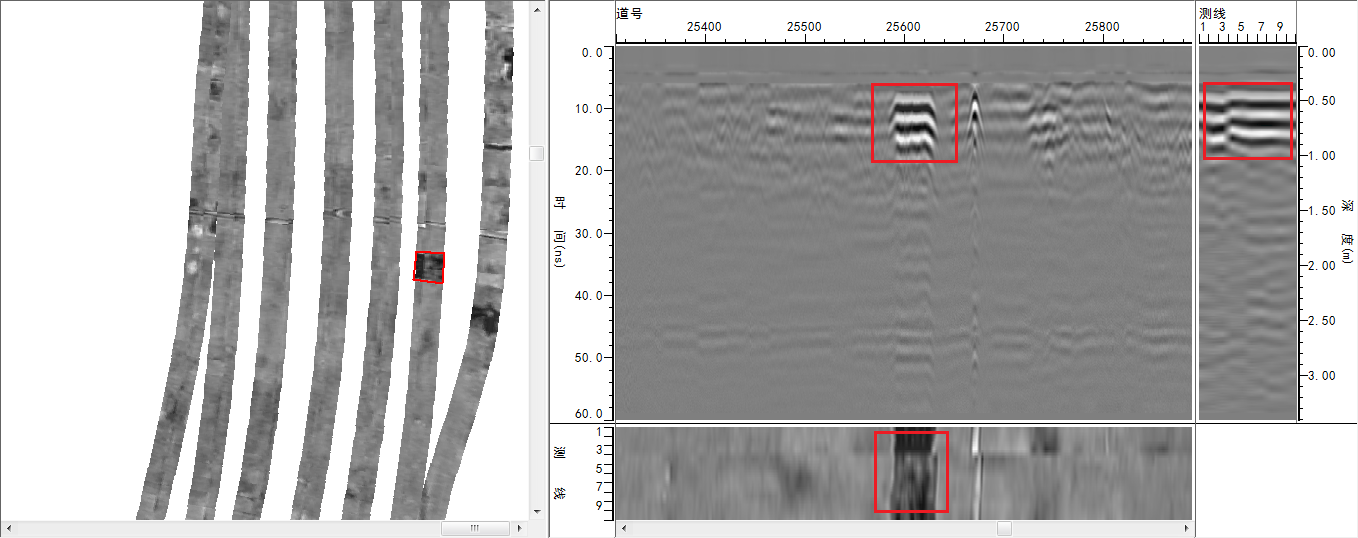
No. 6 disease information (depth: about 0.3m, area: about 6m2, type: cavity, opinion: regular observation or drilling to verify grouting)
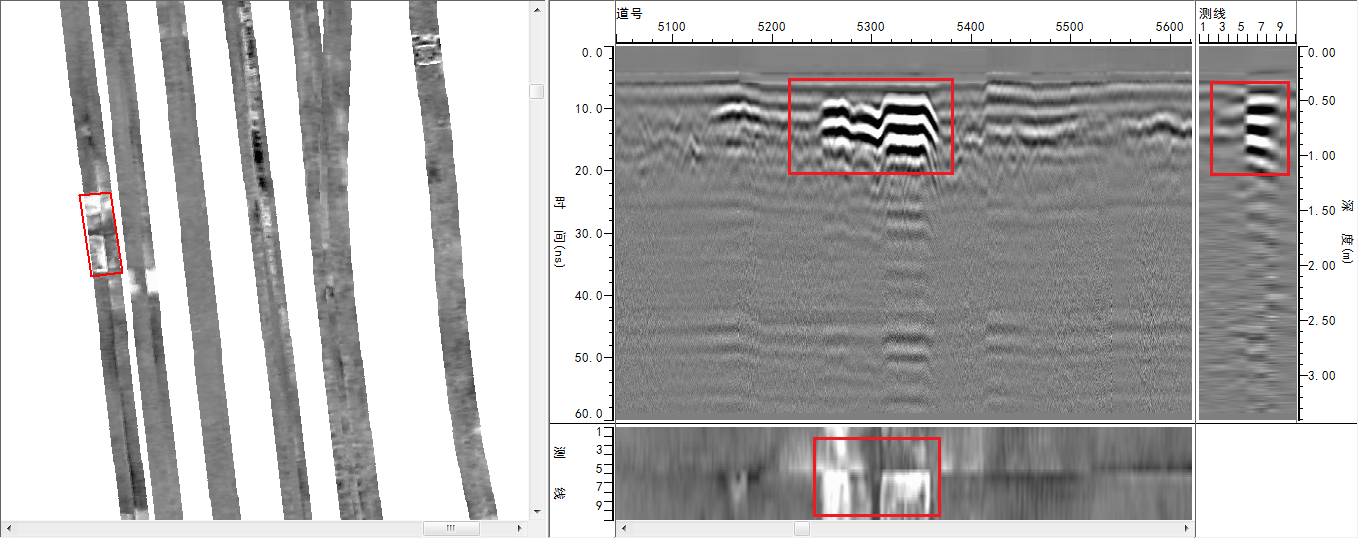
RECOMMENDED


